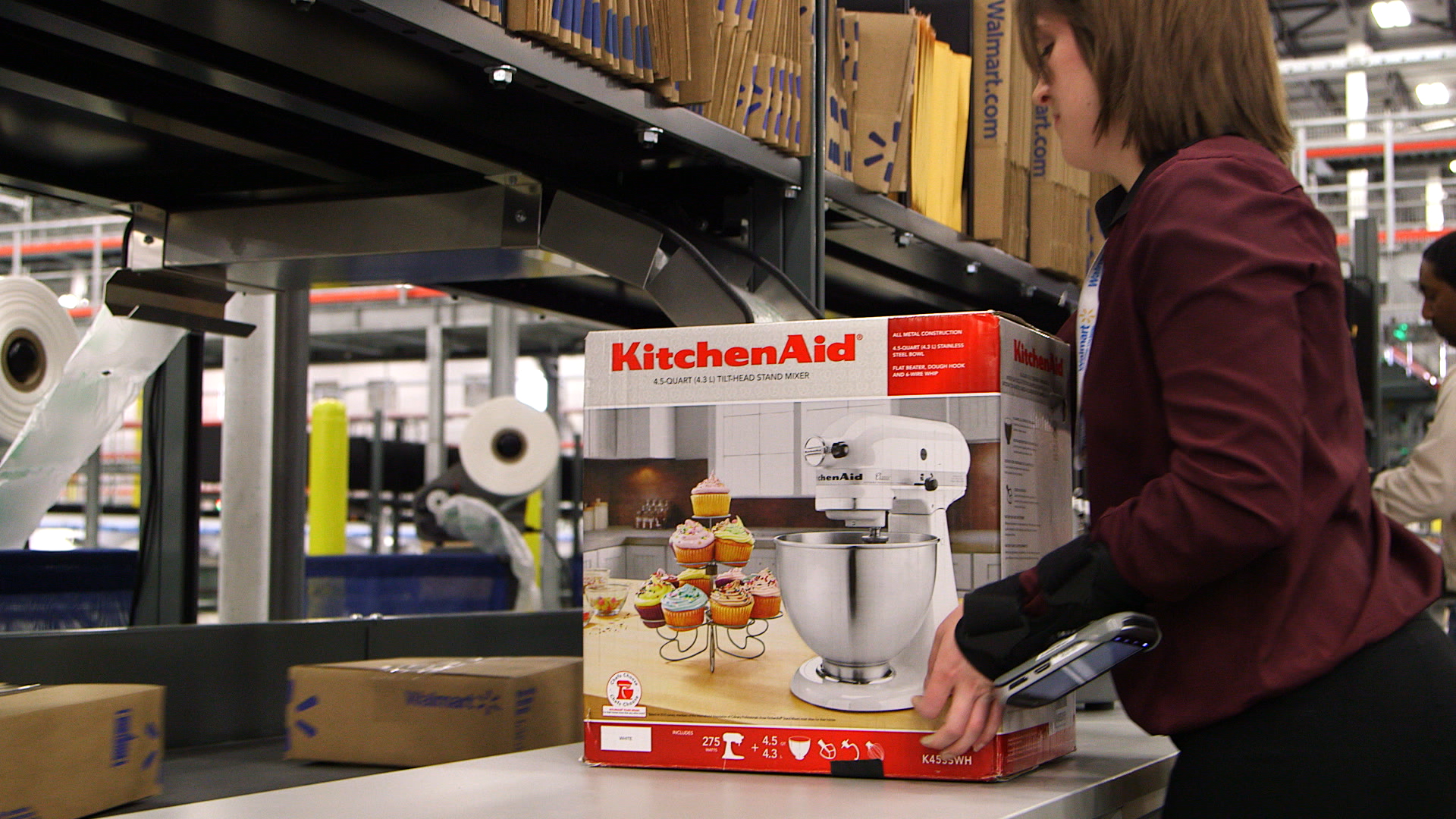Walmart has watched in real-time how people fundamentally changed their shopping habits, spurred on not just by a global pandemic, but by the expectation for availability to also mean convenience.
That need for convenience led to six times the number of customers using delivery in the fourth quarter compared to pre-pandemic levels, signaling a huge change in how its customers shop, according to the retailer.
Walmart has changed too: Over the last two years, the retailer has made delivery faster for customers, shrinking the distance, and increasing the convenience. It has redefined last-mile delivery by leveraging its stores as fulfillment centers and using technology to take the guesswork out of deliveries, reduce emissions, make its supply chain network more efficient, and serve customers in new ways.
At its 4,700 stores across the country, Walmart increased pickup and delivery capacity by 20 percent last year, and plans to do so by another 35 percent this year. In the last year, Walmart has increased the number of orders coming from its stores by 170 percent, which has led the company to its next phase of growth: Market Fulfillment Centers.
MFCs are poised to serve as automated fulfillment centers that are located within a Walmart store, according to the retailer. An MFC's inventory is separate from the store’s, allowing the company to continue enhancing its service for both online and in-store customers. The lengthening of the supply chain means quicker delivery.
In addition, the rapid growth and expansion of Walmart InHome, the delivery service that takes items from the aisles straight into customers’ homes, allows the retailer to scale this service to 30 million U.S. homes and add 3,000 additional associates to manage an entirely electric fleet of delivery vehicles.
Its Spark Driver network, a proprietary delivery platform that connects drivers to opportunities, is also powering Walmart GoLocal, which offers innovations in last-mile delivery to businesses of all sizes around the country.
Not everything requires a driver. Drones bring low emissions and high speed to its fleet and makes short work of small deliveries. Drones also create new pathways for associates, who are trained on this new technology, developing skills they can carry through their careers.
And autonomous vehicles, which do have a driver's seat, albeit an empty one, can navigate the streets under their own power, delivering items between stores to shorten delivery times, and limit out-of-stocks.
“Our new platform is doing revolutionary things,” explained Srini Venkatesan, executive vice president for Walmart Global Tech, in a statement. “With all these points of fulfillment/delivery in a sense ‘communicating’ with one another, we can plan replenishment at a shorter cycle, gain close-to-real-time insights of inventory, and ultimately react to customer demand. All of that adds up to a single stellar shopping experience for Walmart customers.”
Related: Grubhub, Buyk Launch Ultrafast Delivery; DoorDash, Albertsons Introduce Express Grocery Delivery Service.

